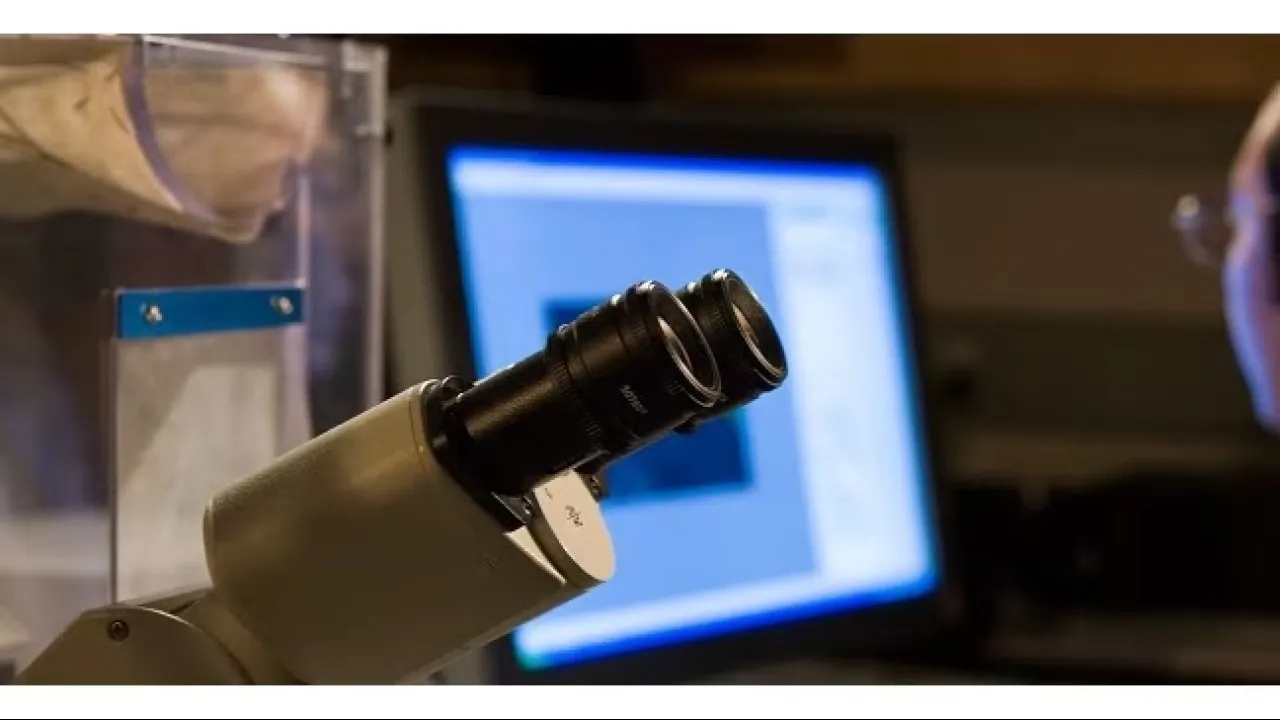
Tweaking the perfect recipe
Adjusting the cooking time is all it takes to tune the magnetic properties of these multi-functional iron nanowires.
About
Smart nanomaterials that respond to an external stimulus are a new breed of material that could shake up almost every area of science from healthcare to heavy industry. A KAUST-led research team has cooked up a new way to make magnetic-field-responsive nanowires whose properties can be tailored for a specific task simply by adjusting the length of time they are baked in an oven.
The smart nanowires are easy and inexpensive to make, said Jürgen Kosel from the University’s Computer, Electrical and Mathematical Science and Engineering Division, who led the research. The team created a porous aluminium oxide template and used an electric current to draw iron into the pores, forming nanowires. By adjusting the conditions, the team could form single-crystal iron nanowires one micrometer long or polycrystalline iron nanowires 15 micrometers long.
These polycrystalline nanowires have great potential as a biomedical research tool, noted Kosel. After releasing the wires from the template, the researchers baked the nanowires at 150 degrees Celsius, a temperature that oxidizes the outside of the nanowire to form a biocompatible iron oxide shell. The longer the nanowires are baked, the thicker the shell and the lower their remanence, the residual magnetism the nanowires retain after an external magnetic field is applied and then removed.
Low remanence makes them perfect for cell separation, in which magnetic particles are used to pull certain cells from a mixture, Kosel said. If the particles retained a high residual magnetism, they would clump together rather than dispersing among the target cells.
“Yet, they should have a high magnetization when a magnet field is applied,” he noted. “This is exactly what those nanowires provide.”
Read the full article